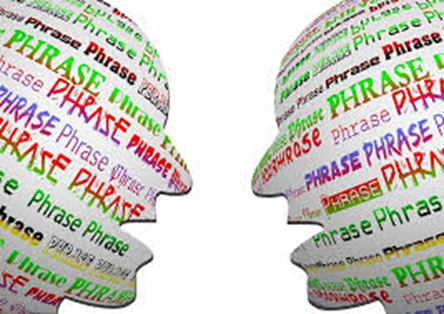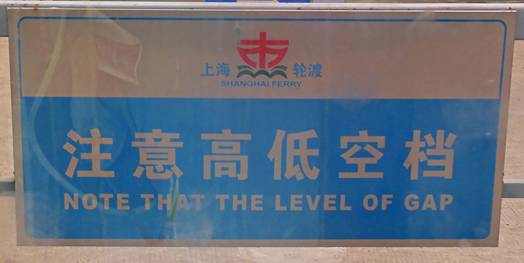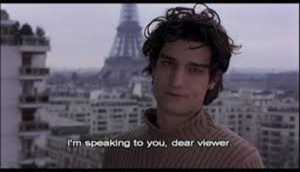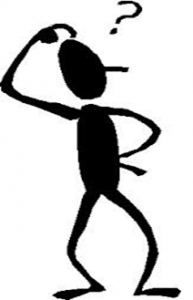
(Image Citation: http://pixabay.com/en/yada-yada-phrase-formula-222767/)
The Z-gen has its own ways of living, learning and communicating. Unsurprisingly, social media enthusiasts and regular internet users have provided yet another list of new words. In this article, we have mentioned popular word/abbreviations additions in Oxford dictionary.
Humblebrag
(Noun)
A ‘modest,’ or ‘humble’ word that is used to draw attention to something of which one is proud. Often used with a #hashtag, this word is popular on social media.
Example: All the clothes I plan to wear seem very big for me! #humblebrag
Subtweet
(Noun)
This one is for the people of Twitter world, by the people of Twitter world. On Twitter, if you want to refer to a particular user without mentioning them directly, that’s a Subtweet.
Example: Although, Jack didn’t include Peter’s tweet, that did not stop Peter from seeing the post and firing off his own subtweet.
YOLO
(Abbreviation)
A lot has been said about the word ‘YOLO.’ Some made it the mantra of their lives, while others think YOLO is for the people who do not take the words like ‘responsible’ and ‘discipline’ seriously. YOLO (You Only Live Once) is a way of expressing that one should make the most of the present moment.
Example: I purchased an iPhone from my one-year’s saving. #YOLO
SMH
(Abbreviation)
Another abbreviation, SMH means ‘shaking my head’ or ‘shake my head.’ The word is used in electronic communication to express frustration or disapproval. It is often used when the word ‘no’ is not enough.
Example: SMH at your stupid remarks.
These are just a few common words used by net-savvy enthusiasts on the World Wide Web. Oxford dictionary adds numerous words every year. We will keep updating you.
If you want to tell us about a new word, mention in the comment section.









